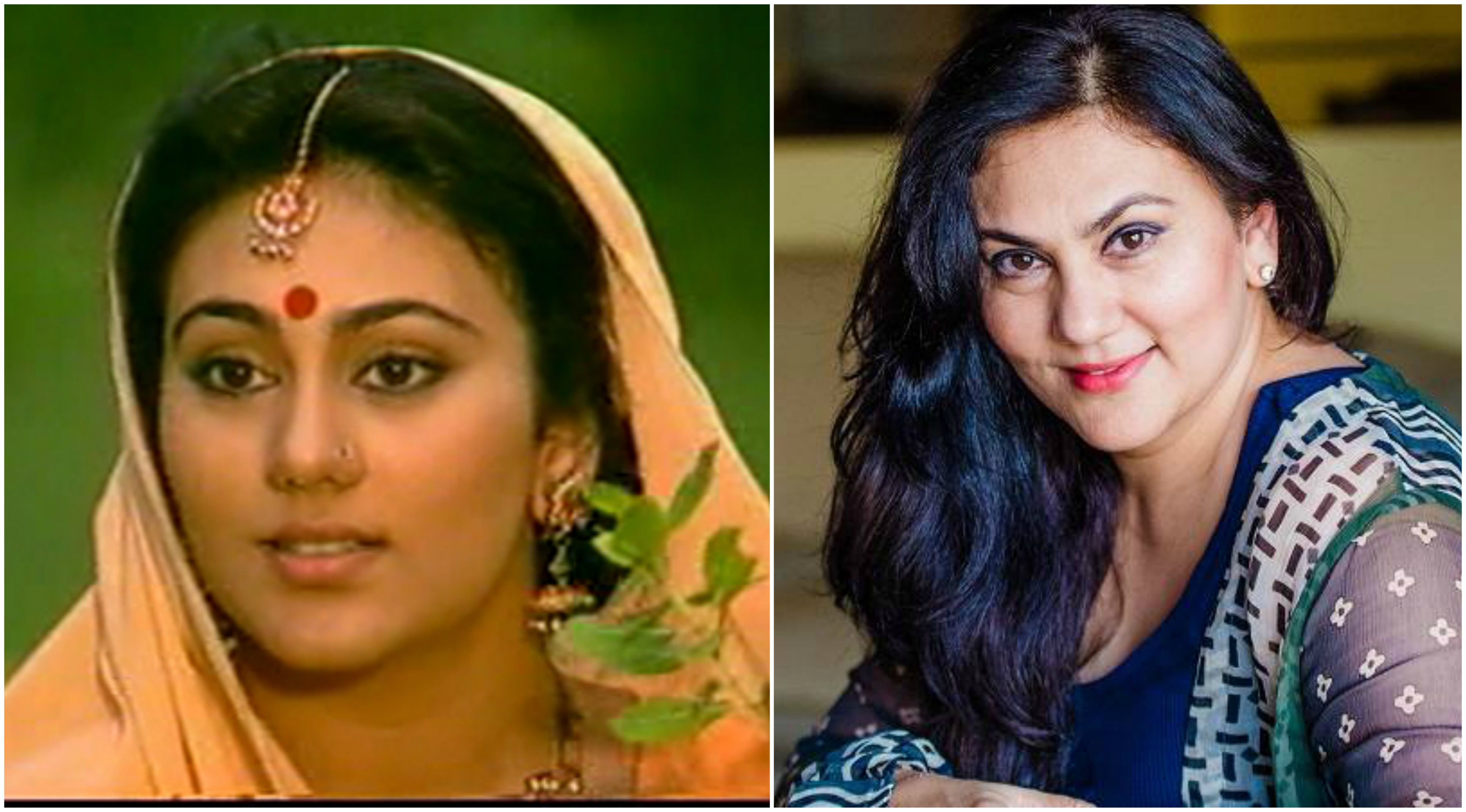
Feb 25, 2016 - The role of Ram was played by Arun Govil, Sita by Deepika Chikhalia, Lakshman by Sunil Lahiri, Hanuman by late Dara Singh, and Ravan. Ramayan is an Indian epic television series, which aired during 1987-1988, created, written, and directed by Ramanand Sagar. The remake of Ramayan series.
Ramayan promotional poster Created by Starring Sanjay Jog Composer(s) Ravindra Jain Jaidev Country of origin India Original language(s) (primary) (minor) No. Of episodes 78 Production Executive producer(s) Subhash Sagar Producer(s) Ramanand Sagar Anand Sagar Moti Sagar Production location(s), Cinematography Prem Sagar Editor(s) Ravikant Nagaich Camera setup Running time 35 minutes Production company(s) Release Original network Original release 25 January 1987 – 31 July 1988 Chronology Followed. Ramayan is an Indian epic television series, which aired during 1987-1988, created, written, and directed. The remake of Ramayan series was again presented by Sagar Arts and which aired on in 2008. Ramayan introduced the concept of Hindu mythology to Indian Television and went on to become a cult classic, it was aired on in mid-90's. Also, it was aired on and in 2000's.
It is a television adaptation of the ancient Indian mythological, and is primarily based on 's and '. [ ] The serial was brought to the small screen by Sagar Art Enterprises.
The list of technicians is as follows: Screenplay & Dialogue - Ramanand Sagar; Special Effects - Ravikant Nagaich; Technical Advisor - Prem Sagar; Lyrics & Music - Ravindra Jain; Title Music - Jaidev; Executive Producer - Subhash Sagar; Second Unit Directors - Anand Sagar & Moti Sagar; Produced & Directed - Ramanand Sagar. The series had a viewership of 82 per cent, a record high for any Indian television series. Each episode of the series reportedly earned Doordarshan ₹40.
Writing for the upon completion of the airing of the series' final episode, former bureaucrat S. Gill wrote that it was during his tenure as the secretary with the in September 1985 that he with the project.
Gill added that in a letter to Sagar, he had written about the Ramayana as a subject for the television series was ideal in that it was 'a repository of moral and social values' and that its message was 'secular and universal'. He added that he had noted in the letter that Sagar's 'real challenge would lie in seeing the epic 'with the eyes of a modern man and relating its message to the spiritual and emotional needs of our age'. Gill added that he also wrote a similar letter to over the production of the series based on, and mentioned that both he and Sagar accepted to his suggestions and constituted panels of experts and scholars to conceptualize the production. The series was initially conceptualized to run for 52 episodes of 45 minutes each. But, owing to popular demand it had to be extended thrice, eventually ending after 78 episodes. Ramayan notably broke viewership for any Indian television series during the time.
It was telecast in 55 countries and at a total viewership of 650 million, it became the highest watched Indian television series by a distance. Bose, the media director of Hindustan Thompson Associates, remarked, 'The unique thing about the Ramayana was its consistency.
Other programmes like and even did achieve viewership of around 80 per cent and more, on occasion. In the case of Ramayana that figure had been maintained almost from the beginning.' He added, 'Starting at around 50 per cent the 80 per cent figure was reached within a few months and never went down.' He noted that the viewership was more than 50 per cent even in the predominantly non-Hindi speaking southern Indian States of,.
The safety and environment testing and performance of this product have been verified using Xerox® materials only. Note: Unauthorized alterations, which can include the addition of new functions or connection of external devices, can affect the product certification. For more information, contact your Xerox representative. Proshivka chipov xerox 6000.
He also added that the show's popularity spanned across religions and was watched by people of the faith in high numbers as well. He mentioned that it was common among people threatening to burn down the local electricity board headquarters during a. The success of the series was documented well by the media. Soutik Biswas of recalled that when the series was telecast every Sunday morning, 'streets would be deserted, shops would be closed and people would bathe and garland their TV sets before the serial began.' Writing for, noted, 'In villages across south Asia, hundreds of people would gather around a single set to watch the gods and demons play out their destinies. In the noisiest and most bustling cities, trains, buses and cars came to a sudden halt, and a strange hush fell over the bazaars.